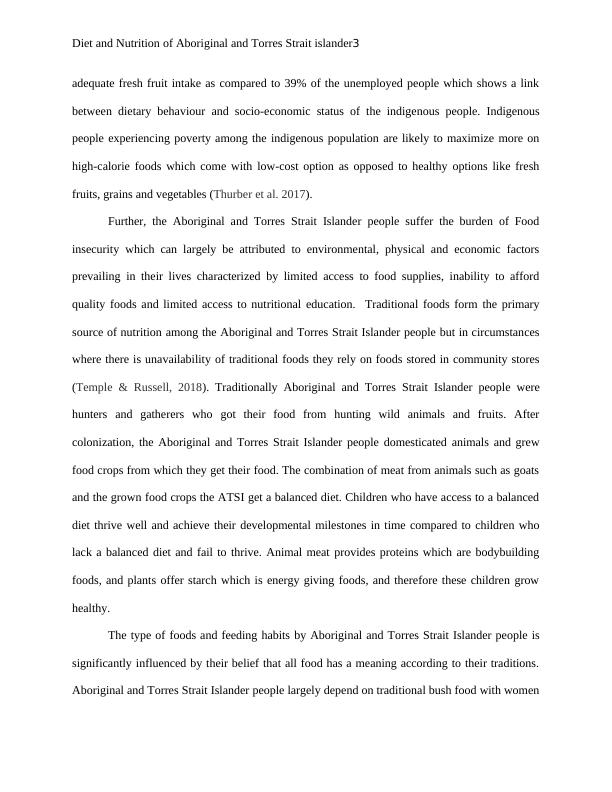Diet and Nutrition of Aboriginal and Torres Strait islander3 Case Study 2022
6 Pages1363 Words22 Views
Added on 2022-09-28
Diet and Nutrition of Aboriginal and Torres Strait islander3 Case Study 2022
Added on 2022-09-28
ShareRelated Documents
End of preview
Want to access all the pages? Upload your documents or become a member.
INDIGENOUS HEALTH ISSUE.
|11
|3087
|1
Childhood Obesity in Australia: Inequity between Indigenous and Non-Indigenous Australians
|8
|2232
|5
Impact of Poor Diet on Aboriginal and Torres Strait Islander Health
|8
|2079
|81
Diabetes Incidence among the Australian Indigenous Population
|10
|2433
|182
Food Insecurity among Aboriginal and Torres Strait Islander Communities in Remote Areas
|10
|3182
|170
Nutrition and Society of the Aboriginal People
|8
|1671
|312



